From Peril to Preservation in the Bredig Archives
Chaim Weizmann, Fritz Haber, and a home for Jewish scientists.
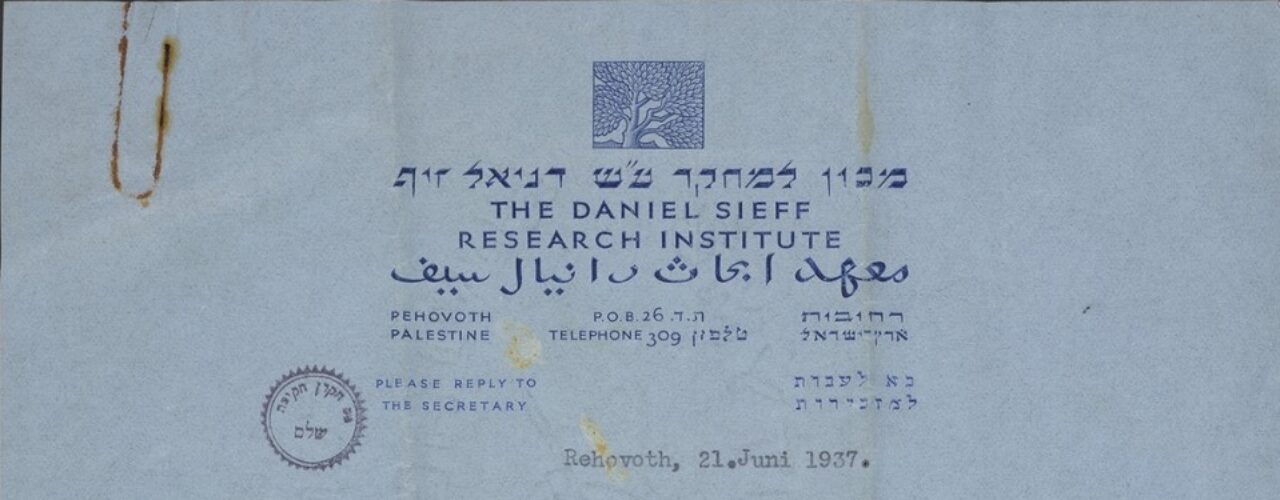
Chaim Weizmann, Fritz Haber, and a home for Jewish scientists.
In the early 1930s, disquiet overcame Dr. Chaim Weizmann, a Jewish chemist at the University of Manchester in England and a prominent leader in the global Zionist movement. Weizmann had played a pivotal role in establishing a Jewish community in Palestine in 1917 and cofounded the Hebrew University of Jerusalem in 1925, but he was worried about the slow pace of scientific research there.
When Weizmann hired Hungarian chemist Andor Fodor to become Hebrew University’s first chemistry chair, he hoped the university would pioneer work in agricultural chemistry and biochemistry. However, Fodor’s undiplomatic relationship with colleagues on the university board, which included Albert Einstein, soon motivated Weizmann to establish an entirely new chemistry research institute: the Daniel Sieff Research Institute in Rehovot, Palestine. This mission became even more imperative throughout the 1930s as Nazism tightened its grip on Europe and increasing anti-semitism halted the work of Jewish scientists, many of whom fled abroad, including to Palestine.
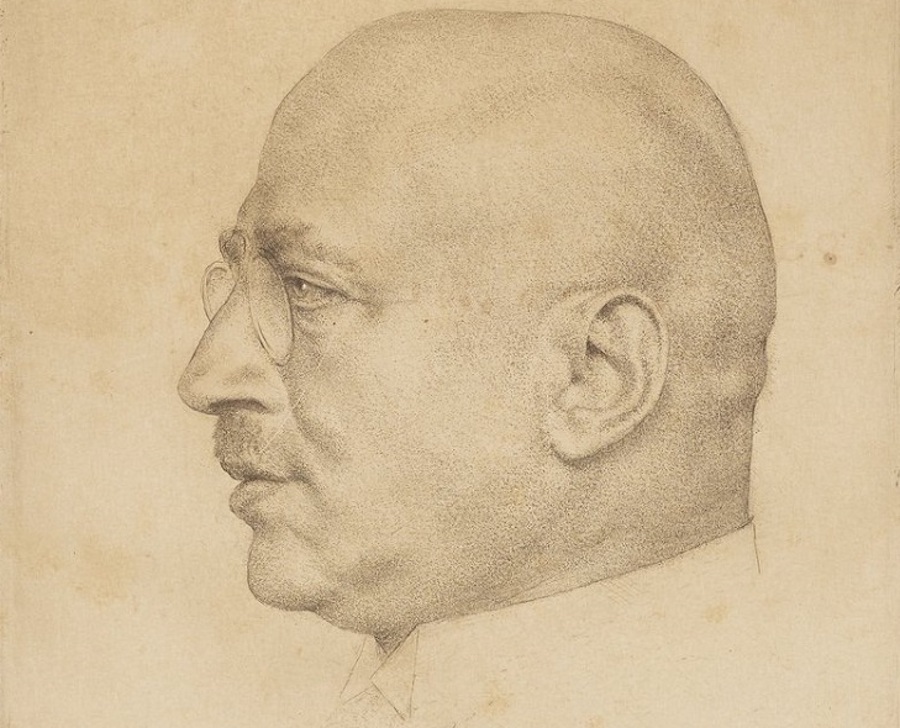
An autographed etching of Fritz Haber from Georg Bredig’s papers, 1922.
One such scientist was the renowned German chemist Fritz Haber, who won the Nobel Prize in Chemistry in 1918 for his invention of the Haber–Bosch process. When Haber and Weizmann first met in person in London in 1932, Weizmann shared his plans for the new research center. As a supporter of the Zionist cause, Haber was intrigued and invited Weizmann to visit his Kaiser Wilhelm Institute for Physical Chemistry and Electrochemistry in Berlin in December 1932 for ideas. Weizmann left Haber’s institute with such a positive impression, characterizing it in his 1949 autobiography Trial and Error as “a magnificent collection of laboratories, superbly equipped, and many-sided in its program” (p. 353) that he used it as a prototype for his own endeavor.
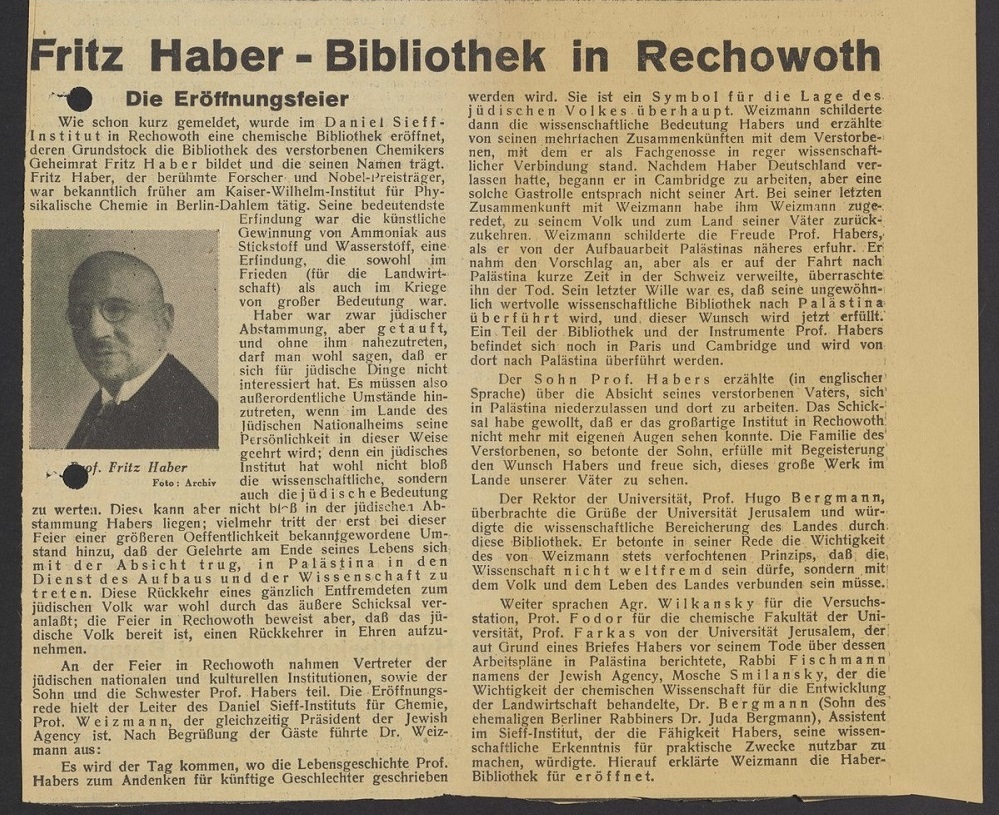
An article from Jüdische Rundschau about the establishment of the Haber Library, February 1936.
When Hitler seized power just a few months later and Haber resigned his position in Berlin, Weizmann keenly offered him the directorship of the Daniel Sieff Research Institute. Although Haber accepted, he never assumed the post due to his death of heart failure in January 1934 en route to Palestine. When the institute finally opened later that spring, its library (named after Haber) became the permanent home of his books.
In its early years, the Daniel Sieff Research Institute came to the attention of another German Jewish scientist and friend of Fritz Haber, the physical chemist Georg Bredig. Forced into early retirement in 1933 and unable to work in Germany due to the Law for the Restoration of the Professional Civil Service, Bredig was intent on preserving his scientific legacy. One major task was to find a haven for his library. Recalling how Haber’s books were housed in Palestine, Bredig wrote to the Daniel Sieff Research Institute on May 19, 1937:
“I am aware that your institute has a library in honor of my late, longtime friend and predecessor Fritz Haber. I would like to send you a collection of all the scientific works and publications written by me and my colleagues in the various fields of physical chemistry, electrochemistry, biochemistry, and more specifically, catalysis. Please let me know if you are interested.”
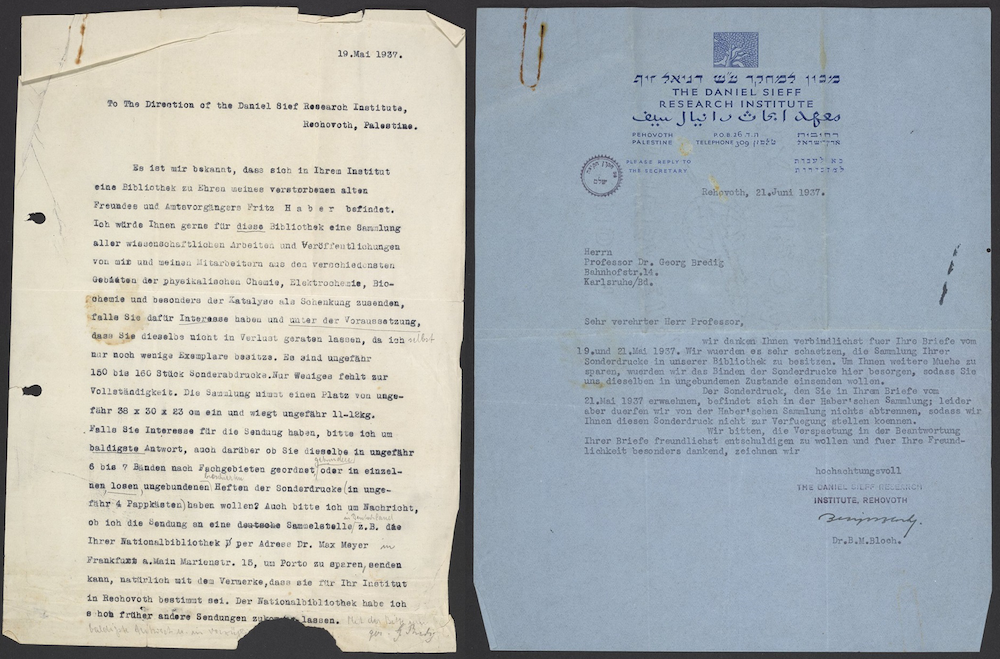
Georg Bredig’s May 19, 1937, letter to the Daniel Sieff Research Institute (left); Benjamin Bloch’s June 21, 1937, reply to Bredig (right).
On June 21, 1937, the institute’s manager, Benjamin Bloch, responded favorably:
“Thank you very much for your letters from May 19 and May 21, 1937. We would greatly appreciate having the collection of your offprints in our library. To save you further trouble, we would arrange for the binding of the offprints here. You can therefore send them to us unbound.”
In addition to the Daniel Sieff Research Institute, other sources of refuge for Bredig’s library included the van’t Hoff laboratory in the Netherlands and the home of his son, Max Bredig, in the United States. Georg Bredig fortunately survived the most harrowing events of the Holocaust by fleeing Germany in 1939. He lived in New York until his death in 1944, and his papers were eventually acquired by the Science History Institute in 2019. Included with his papers were more than 190 books that are now part of the Institute’s Othmer Library.
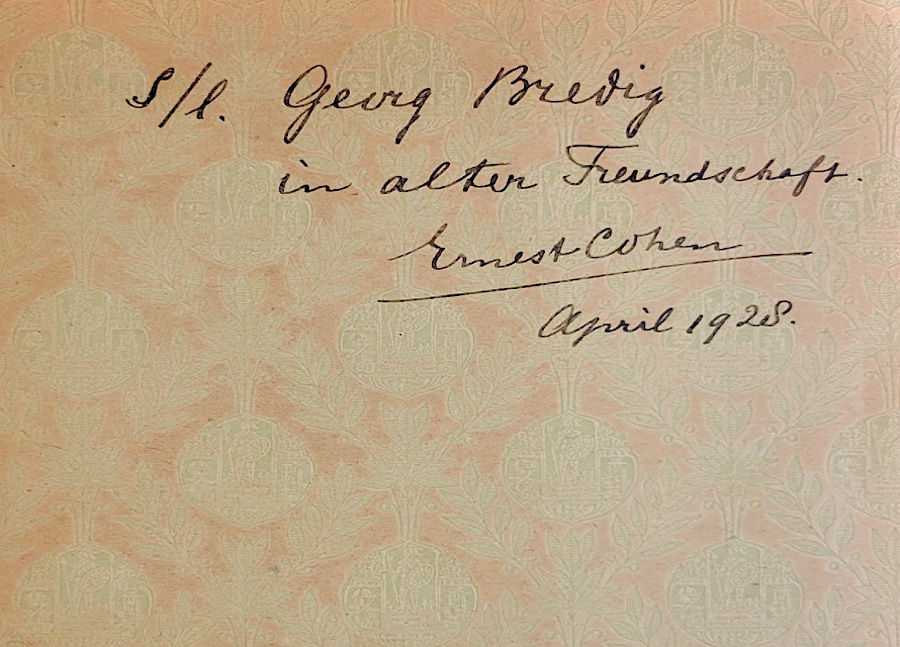
A dedication from Ernst Cohen to Georg Bredig on Bredig’s copy of Cohen’s book, Uit het land van Benjamin Franklin (1928), now part of the Othmer Library’s collection.
As for the Daniel Sieff Research Institute, it surpassed Weizmann’s expectations. Renamed the Weizmann Institute of Science in 1949, it evolved over the next century into a renowned interdisciplinary scientific research center that has significantly advanced science, technology, and medicine in Israel. In addition to being the home of six Nobel laureates in various fields, some of the Weizmann Institute’s notable accomplishments include building one of the world’s first electronic computers in 1954, discovering the structure of ribosomes in DNA in 2000, and designing more efficient solar energy systems in the 21st century.
Unwrapping the mystery of a Styrofoam Santa in our collections.
New World ingredients in Old World dyes.
How a Jewish scientist’s intellectual property became a lifeline in his journey from Nazi Europe to the United States.
Copy the above HTML to republish this content. We have formatted the material to follow our guidelines, which include our credit requirements. Please review our full list of guidelines for more information. By republishing this content, you agree to our republication requirements.